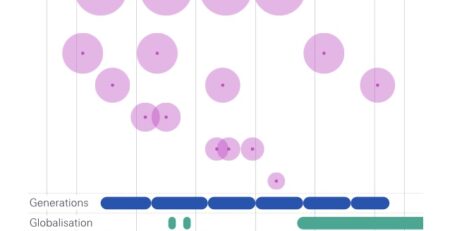Effects of Taxes and Safety Net Pensions on Life-Cycle Labor Supply, Savings and Human Capital: The Case of Australia
By Michael P. Keane, Fedor Iskhakov
In this paper we structurally estimate a life-cycle model of consumption/savings, labor supply and retirement, using data from the Australian HILDA panel. We use the model to evaluate effects of the Australian aged pension system and tax policy on labor supply, consumption and retirement decisions. Our model accounts for human capital accumulation via learning by doing, as well as wealth accumulation and decumulation over the life cycle, uninsurable wage risk, credit constraints, a non-absorbing retirement decision, and labor market frictions. We account for the “bunching” of hours by discretizing job offers into several hours levels, allowing us to investigate labor supply on both intensive and extensive margins. Our model allows us to quantify the effects of anticipated and unanticipated tax and pension policy changes at different points of the life cycle. Our results imply that the Australian Aged Pension system as currently designed is very poorly targeted, so that means testing and other program rules could be improved.
Source: SSRN










